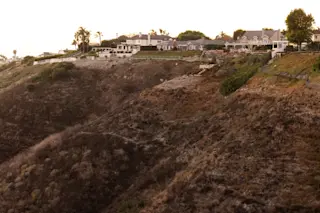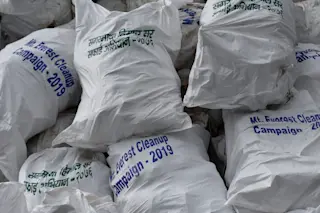An EPA report published Tuesday told residents near Pavillion, Wyoming to avoid drinking and cooking with well water after tests revealed petroleum hydrocarbons and other contaminants in 17 out of 19 wells near the town. Many residents worry that local drilling for natural gas is to blame. The EPA is still investigating.
"EPA has not reached any conclusions about how constituents of concern are occurring in domestic wells," the report said. [Reuters]
As the agency continues its investigation, it along with other government organizations and the natural gas company EnCana, will provide alternative drinking water sources for affected residents. EnCana volunteered to provide the water, though a company representative told the AP that company's tie to the contaminated the wells is unclear--since the chemicals appeared in earlier EPA tests, before EnCana's drilling started in 2005. For Pavillion, which has around 250 nearby gas drilling sites, the report adds to findings ...













